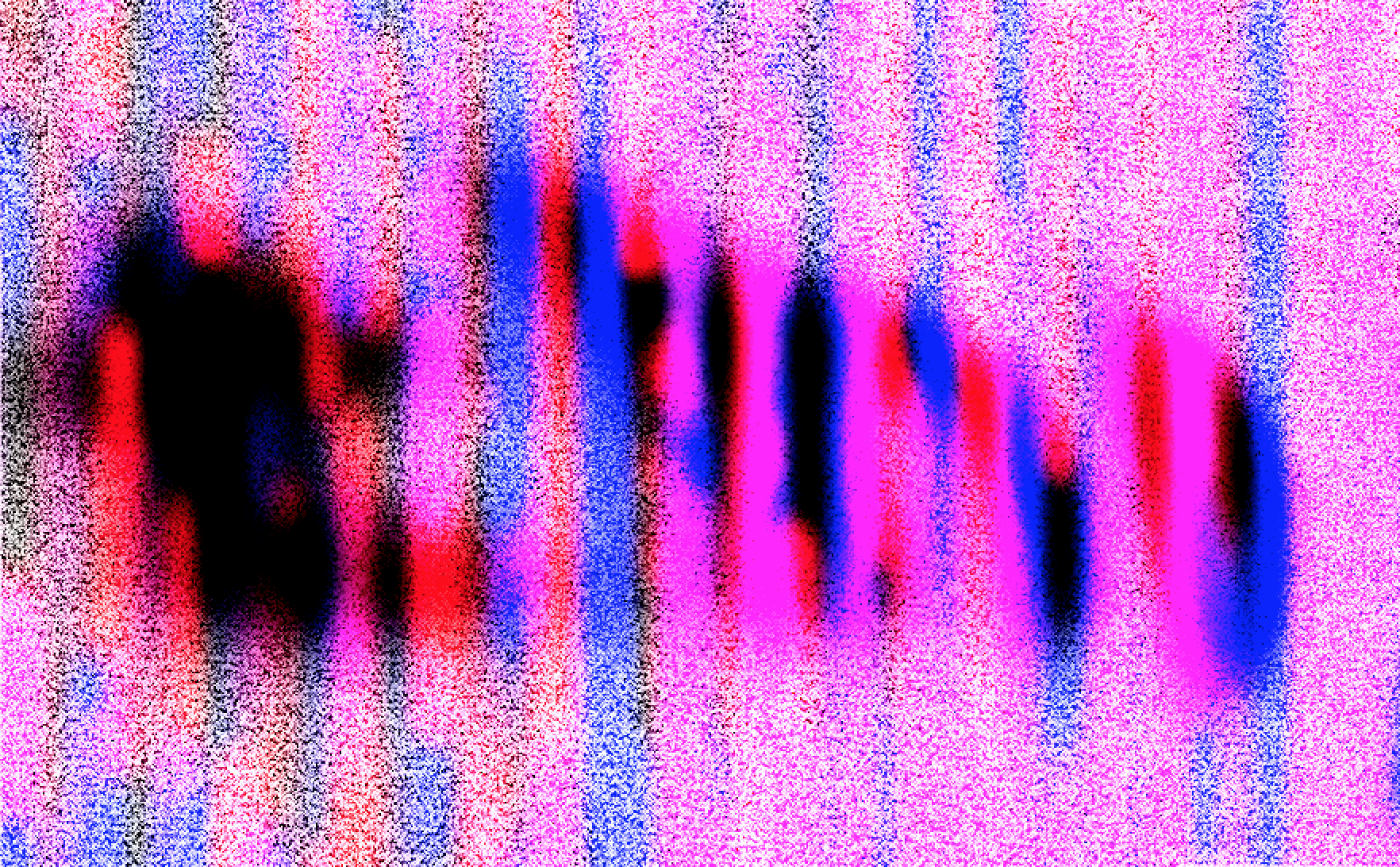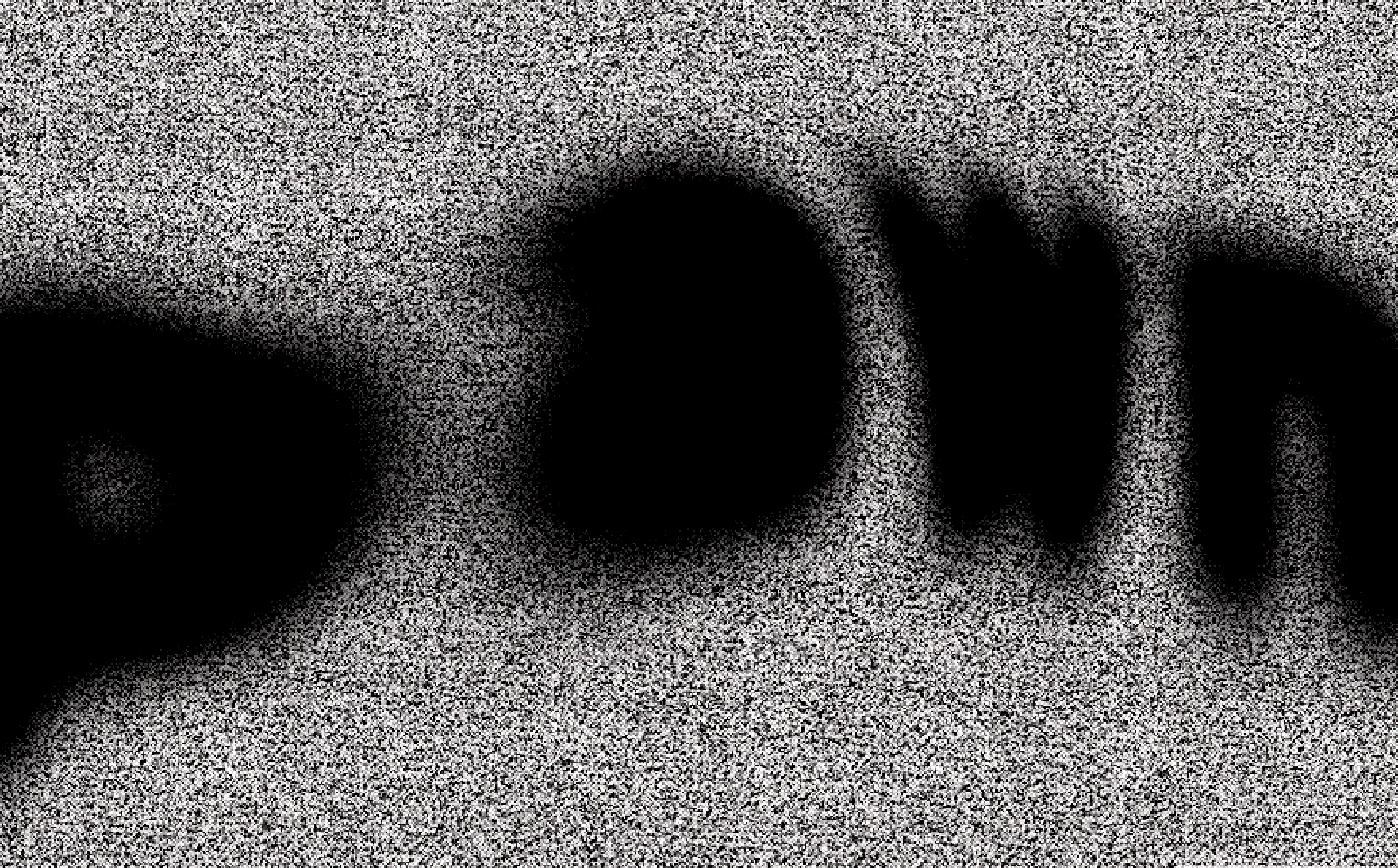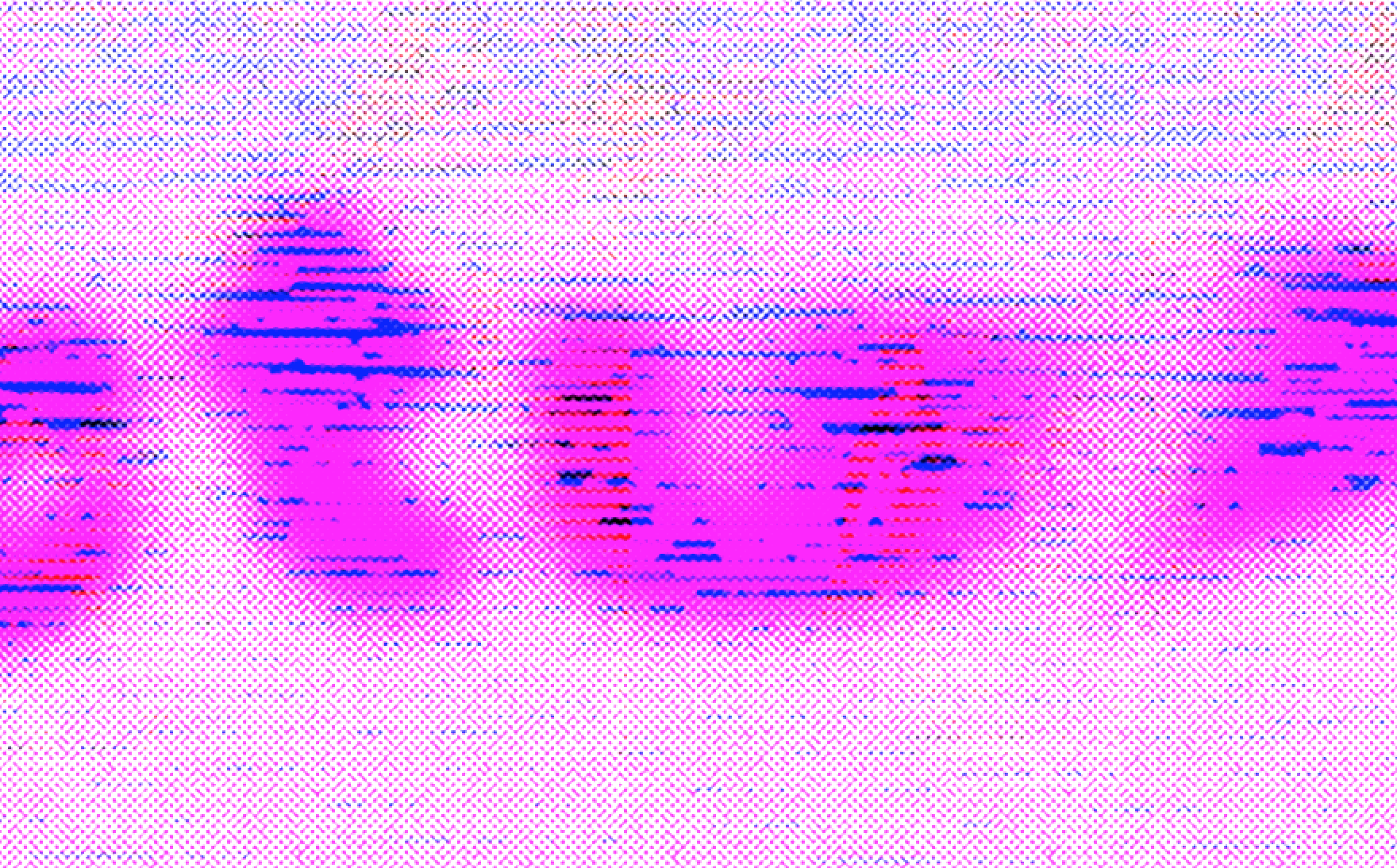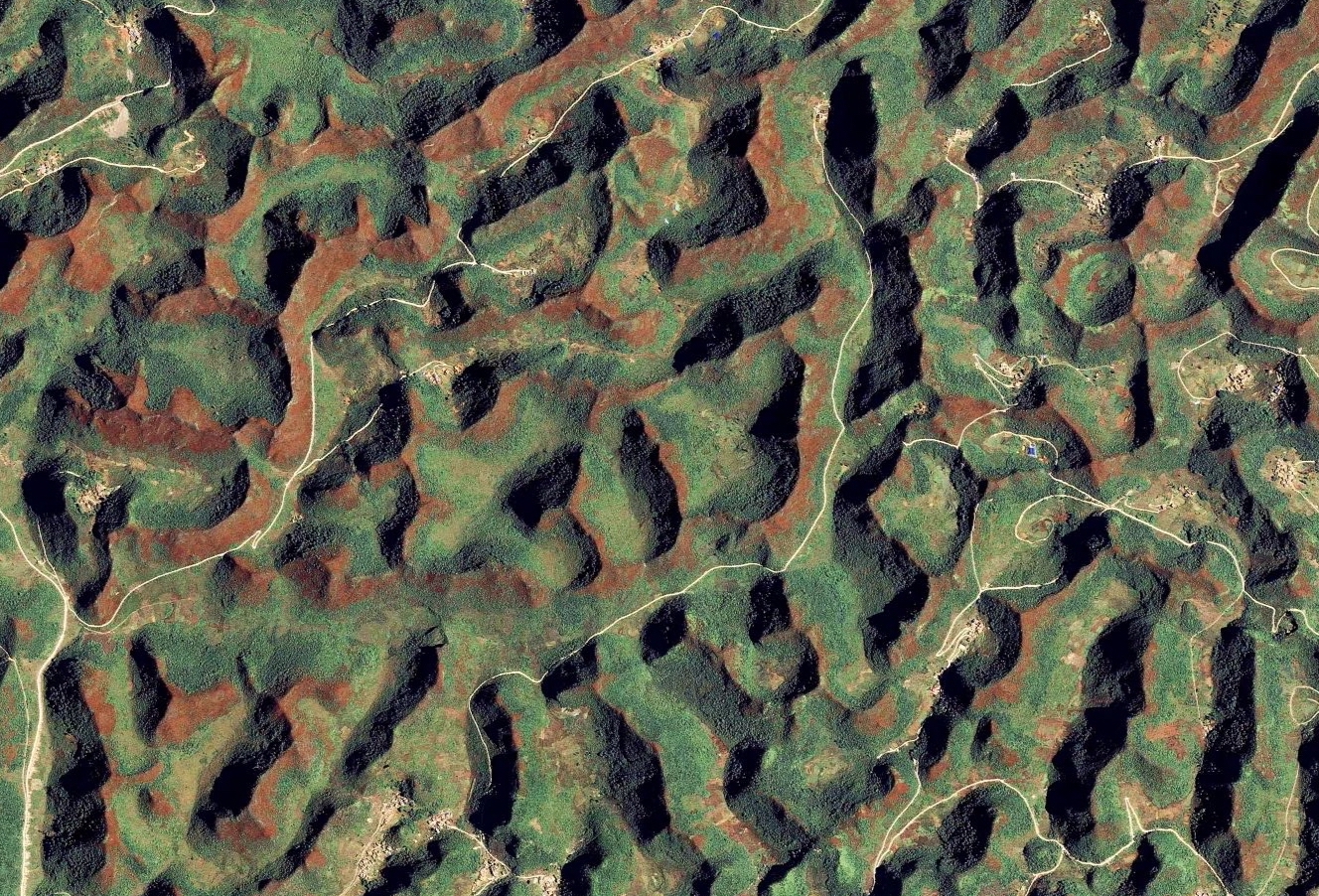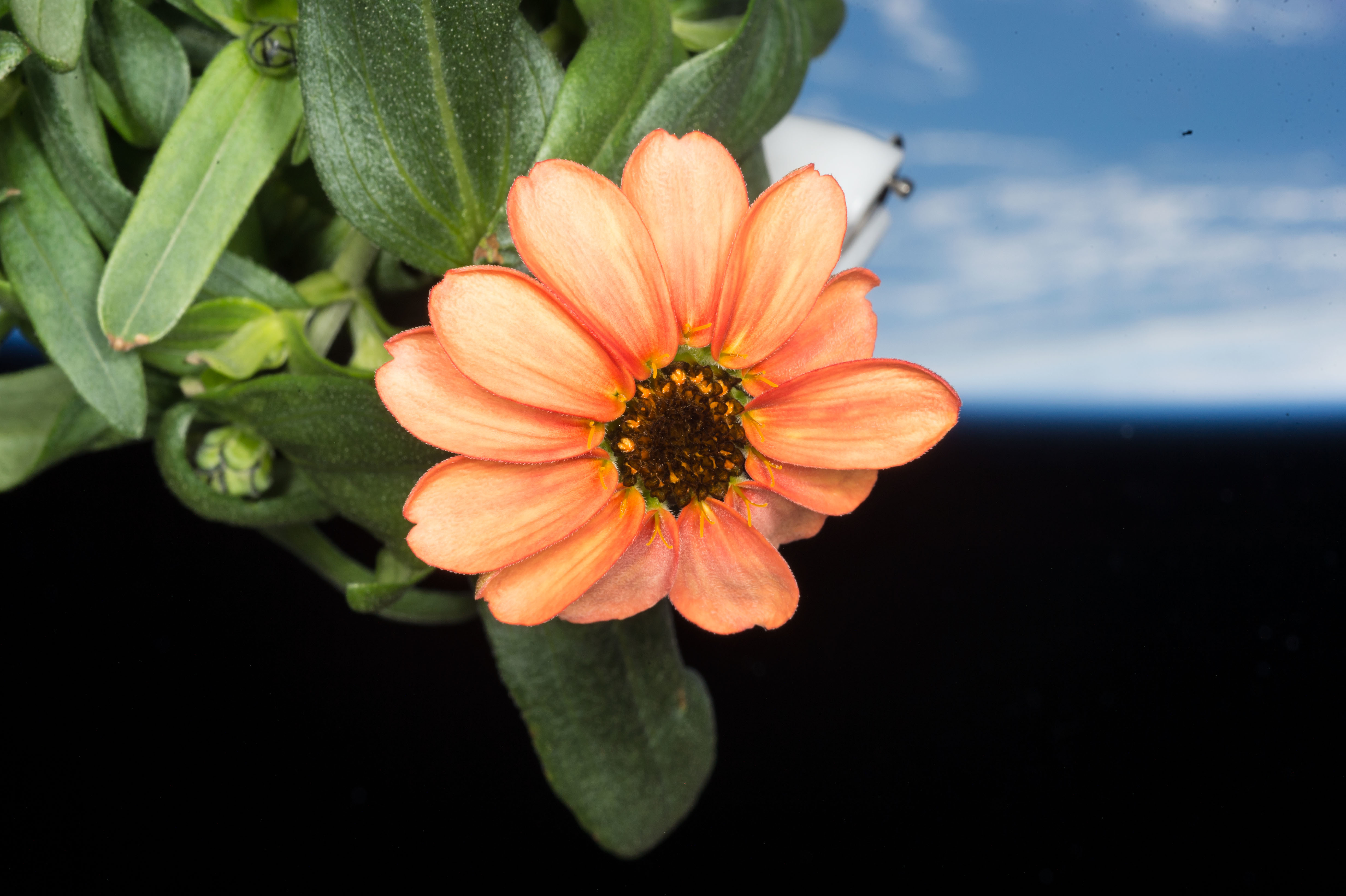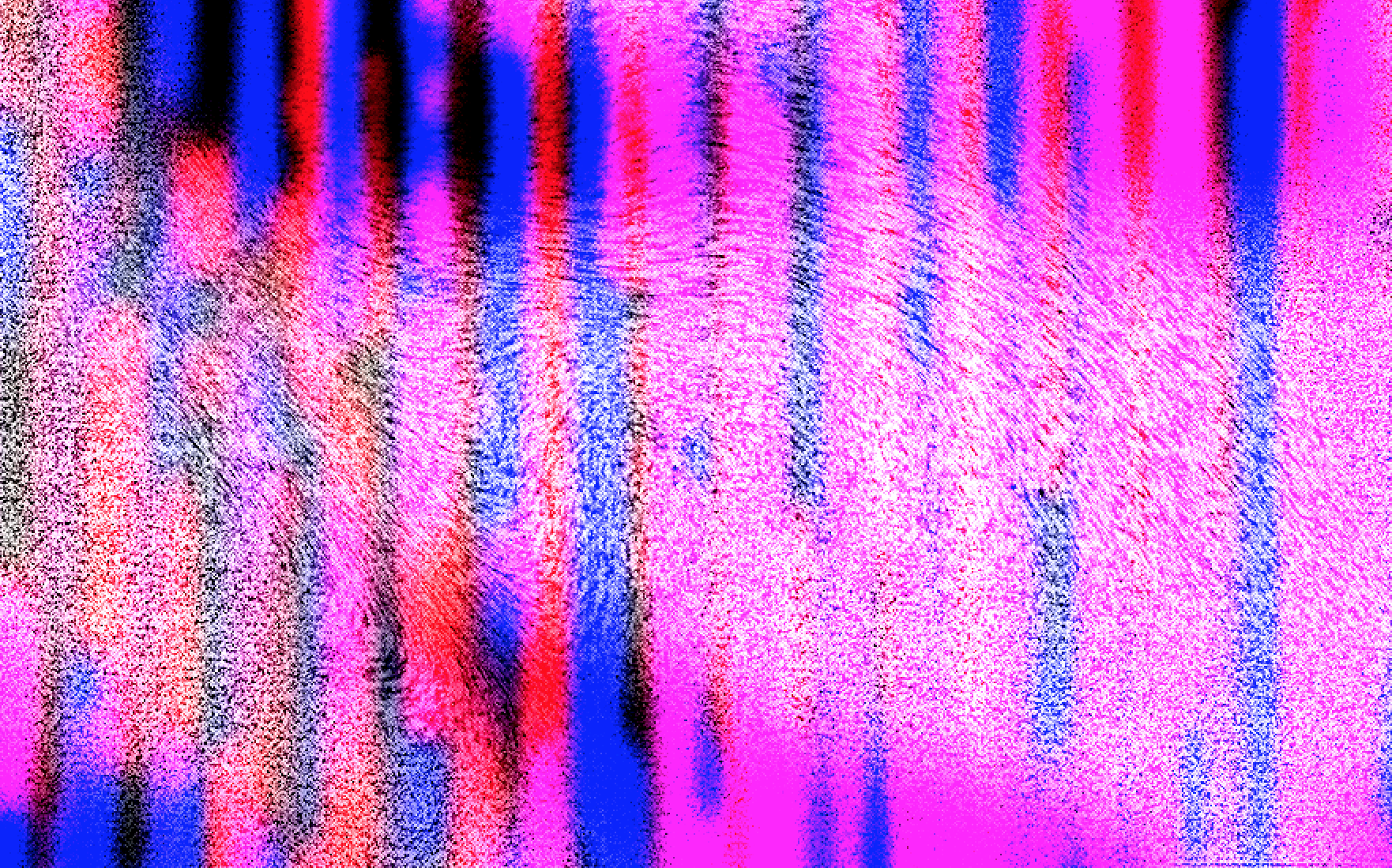Laboratory of Observation
& Research
—
Chemical Interplay
of Science & Art
NeurAstra.xyz is the format in which the fundamental building blocks of matter that constitute our planet bond together through the chemical interplay of science and art.

.formation
—Playing with Incongruity
collection: GRAPHIC EXPERIMENTS
areas: music/neuroscience
—
by: NeurAstra / NoFi Music & The Pawn Structure
/Les Nouveaux Cosmiques
SYSTEM: (S01) Blue Dot/White Tangerine
—
exhibition: finished
venue: Grenoble/Lyon, France
release: 2015
—
—Playing with Incongruity
collection: GRAPHIC EXPERIMENTS
areas: music/neuroscience
—
by: NeurAstra / NoFi Music & The Pawn Structure
/Les Nouveaux Cosmiques
SYSTEM: (S01) Blue Dot/White Tangerine
—
exhibition: finished
venue: Grenoble/Lyon, France
release: 2015
—
.formation is an interactive experiment inspired by the natural physiological phenomenon called the “N400 wave”. The aim is to examine how our brains detect and react to sensorial incongruities.
The N400 wave is an event-related potential (ERP) component that is triggered when the brain encounters information that deviates from expected patterns, whether in language, music, or visual mediums. It typically appears as a negative deflection in the EEG signal approximately 400 milliseconds after the presentation of a stimulus (hence its name—N400).
This ERP is particularly well-studied in the context of language processing, where the N400 wave is elicited by words or sentences that are semantically incongruent or unexpected within a given context. For example, in the sentence “I take my coffee with cream and dog”, the word “dog” would generate a pronounced N400 response due to its semantic incongruity.
In addition to language, the N400 wave can also be observed in other cognitive domains. In music, it can be elicited by harmonies or melodies that violate listeners’ expectations. Similarly, in visual processing, the N400 is triggered by images or scenes that do not conform to the anticipated pattern or context. The amplitude and latency of the N400 wave provide valuable insights into the cognitive processes underlying meaning construction and expectation violation. A larger N400 amplitude indicates greater semantic incongruity, while variations in latency can reflect differences in processing speed.
The study of the N400 has contributed significantly to our understanding of how the brain integrates and interprets information, making it a critical marker in both cognitive neuroscience and psycholinguistics. Research on the N400 wave has expanded our understanding of neurological and psychiatric conditions, including dyslexia, schizophrenia, and Alzheimer’s disease, where deviations in N400 responses can indicate abnormalities in cognitive processing.
Building on this understanding of the N400 wave, we designed our project playing with the concept of surprise and unexpectedness in a controlled artistic environment. We arranged a piece of music following a familiar chord progression and melody, leading our audience to anticipate a particular resolution. However, at the crucial moment, the music element diverged from the expected outcome, introducing an auditory incongruity that triggered the N400 response. We monitored our audience’s responses using an EEG cap and electrodes placed on participants' scalps. The electrodes were connected to an EEG amplifier that enhanced the weak electrical signals before sending them to an EEG machine for recording. A specialised software was used to display, analyse, and store the recorded brain activity. The EEG recordings were later transformed into visual patterns using the software Procreate and arranged for visual purposes with Photoshop.
To create the visual art, we began by analysing the EEG data to identify the moments where the N400 response was most pronounced, representing the brain’s reaction to unexpected auditory elements. These data points were then transformed into visual patterns that reflect the concept of surprise and cognitive dissonance. Using Procreate, we experimented with abstract shapes, colours, and textures to represent the fluctuating amplitude and frequency of the brain waves, capturing the dynamic nature of the neural activity. Photoshop was used to layer and manipulate these patterns, creating a visual rhythm that mirrors the auditory anomalies in the music. The final visual compositions were deliberately designed to evoke a sense of tension and unpredictability, allowing viewers to experience the same cognitive engagement as the original auditory stimulus.
The artistic vision behind the project was to explore how scientific phenomena, like the N400 wave, could inspire new forms of creative expression. By deliberately crafting moments of surprise and unpredictability within a familiar musical structure, we aimed to challenge the audience’s expectations and provoke an unconscious neural response. This interplay between expectation and disruption was not only a scientific experiment but also a deliberate artistic choice designed to evoke a unique emotional and cognitive experience. The transformation of EEG data into visual art was intended to mirror these auditory “anomalies,” creating a dynamic, multisensory journey that invites viewers to reflect on the nature of perception, meaning, and surprise. Through this fusion of neuroscience and art, the project sought to push the boundaries of how we understand and engage with both fields.
The visual results, mimicking the auditory incongruity and “anomalies”, were later used to prepare the cover album and artworks for the LP “.formation” by the musical band The Pawn Structure. The album was crafted to visually embody the same themes of surprise and expectation that drive the auditory experience of the LP. The visual patterns derived from the EEG recordings were chosen to reflect the moments of auditory incongruity—when the brain encounters the unexpected shifts in music.
The N400 wave is an event-related potential (ERP) component that is triggered when the brain encounters information that deviates from expected patterns, whether in language, music, or visual mediums. It typically appears as a negative deflection in the EEG signal approximately 400 milliseconds after the presentation of a stimulus (hence its name—N400).
This ERP is particularly well-studied in the context of language processing, where the N400 wave is elicited by words or sentences that are semantically incongruent or unexpected within a given context. For example, in the sentence “I take my coffee with cream and dog”, the word “dog” would generate a pronounced N400 response due to its semantic incongruity.
In addition to language, the N400 wave can also be observed in other cognitive domains. In music, it can be elicited by harmonies or melodies that violate listeners’ expectations. Similarly, in visual processing, the N400 is triggered by images or scenes that do not conform to the anticipated pattern or context. The amplitude and latency of the N400 wave provide valuable insights into the cognitive processes underlying meaning construction and expectation violation. A larger N400 amplitude indicates greater semantic incongruity, while variations in latency can reflect differences in processing speed.
The study of the N400 has contributed significantly to our understanding of how the brain integrates and interprets information, making it a critical marker in both cognitive neuroscience and psycholinguistics. Research on the N400 wave has expanded our understanding of neurological and psychiatric conditions, including dyslexia, schizophrenia, and Alzheimer’s disease, where deviations in N400 responses can indicate abnormalities in cognitive processing.
Building on this understanding of the N400 wave, we designed our project playing with the concept of surprise and unexpectedness in a controlled artistic environment. We arranged a piece of music following a familiar chord progression and melody, leading our audience to anticipate a particular resolution. However, at the crucial moment, the music element diverged from the expected outcome, introducing an auditory incongruity that triggered the N400 response. We monitored our audience’s responses using an EEG cap and electrodes placed on participants' scalps. The electrodes were connected to an EEG amplifier that enhanced the weak electrical signals before sending them to an EEG machine for recording. A specialised software was used to display, analyse, and store the recorded brain activity. The EEG recordings were later transformed into visual patterns using the software Procreate and arranged for visual purposes with Photoshop.
To create the visual art, we began by analysing the EEG data to identify the moments where the N400 response was most pronounced, representing the brain’s reaction to unexpected auditory elements. These data points were then transformed into visual patterns that reflect the concept of surprise and cognitive dissonance. Using Procreate, we experimented with abstract shapes, colours, and textures to represent the fluctuating amplitude and frequency of the brain waves, capturing the dynamic nature of the neural activity. Photoshop was used to layer and manipulate these patterns, creating a visual rhythm that mirrors the auditory anomalies in the music. The final visual compositions were deliberately designed to evoke a sense of tension and unpredictability, allowing viewers to experience the same cognitive engagement as the original auditory stimulus.
The artistic vision behind the project was to explore how scientific phenomena, like the N400 wave, could inspire new forms of creative expression. By deliberately crafting moments of surprise and unpredictability within a familiar musical structure, we aimed to challenge the audience’s expectations and provoke an unconscious neural response. This interplay between expectation and disruption was not only a scientific experiment but also a deliberate artistic choice designed to evoke a unique emotional and cognitive experience. The transformation of EEG data into visual art was intended to mirror these auditory “anomalies,” creating a dynamic, multisensory journey that invites viewers to reflect on the nature of perception, meaning, and surprise. Through this fusion of neuroscience and art, the project sought to push the boundaries of how we understand and engage with both fields.
The visual results, mimicking the auditory incongruity and “anomalies”, were later used to prepare the cover album and artworks for the LP “.formation” by the musical band The Pawn Structure. The album was crafted to visually embody the same themes of surprise and expectation that drive the auditory experience of the LP. The visual patterns derived from the EEG recordings were chosen to reflect the moments of auditory incongruity—when the brain encounters the unexpected shifts in music.
OVERVIEW



